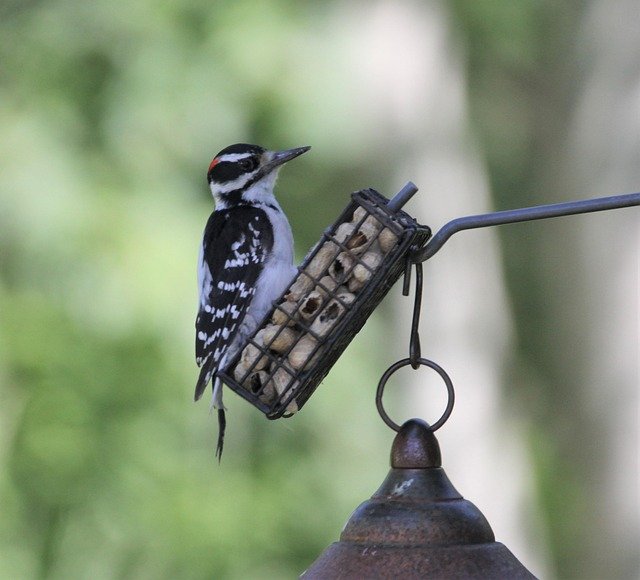How to Choose and Care for a Bird Feeder
A well-chosen bird feeder brings birds closer to your home and creates a small window into local nature and wildlife. Feeders can attract a wide range of species, from finches and sparrows to woodpeckers and cardinals, depending on design and food offered. Beyond observation, feeding birds can support their survival during harsh seasons and help connect people with biodiversity. This article explains what attracts birds to feeders, the main feeder types, placement and safety tips, cleaning and maintenance practices, and how backyard feeding interacts with broader wildlife and ecosystems.

What attracts birds to a bird feeder?
Birds are attracted to reliable food sources, shelter, water, and safe perching spots. Seed type, feeder design, and consistency matter: small seeds like millet and nyjer draw finches and sparrows, while sunflower seeds appeal to larger birds such as cardinals and jays. Nectar feeders are preferred by hummingbirds, and suet attracts insect-eating species like woodpeckers and nuthatches. Visibility and familiarity help too—once birds discover and trust a feeder, they often return. Including a water source and nearby native plants will increase your feeder’s appeal while supporting local nature.
Which types of bird feeder suit different birds?
Feeders come in tube, hopper, platform, suet, and nectar styles, each serving different bird groups. Tube feeders with small ports suit clinging or small beaked birds; hopper feeders offer a larger seed reservoir for mixed flocks; platform or tray feeders work for ground-feeders and larger species. Suet cages provide high-energy food for insectivores, and nectar feeders are specialized for hummingbirds and orioles. Choosing feeder type depends on the species you hope to attract and the seed you plan to offer. Mixing a couple of feeder styles can accommodate a wider variety of birds.
Where to place a bird feeder for nature and safety?
Placement balances visibility for birdwatching with predator avoidance and disease prevention. Position feeders 4–6 feet above the ground to reduce risk from neighborhood cats, and place them 10–15 feet from dense shrubbery where predators can hide. For hummingbird feeders, hang them 3–5 feet from cover to allow quick escape to nearby vegetation. Ensure feeders are visible from windows but spaced to prevent bird collisions—use decals or screens if needed. Locating feeders near native plants provides additional foraging and shelter, integrating feeders into the broader backyard ecosystem.
How to maintain and clean a bird feeder?
Regular maintenance reduces disease transmission and keeps seed fresh. Empty and scrub feeders with a mild bleach solution (one part bleach to nine parts water) or warm soapy water at least every two weeks, more often in wet or hot weather. Rinse thoroughly and allow to dry before refilling. Remove moldy or clumped seed immediately and rotate feed types seasonally to match bird needs. Inspect feeders for wear, sharp edges, and ants or rodent activity. Consistent cleaning and safe seed handling protect both birds and local wildlife from avoidable health risks.
How does feeding affect local birds and wildlife?
Feeding birds supplements natural food sources, particularly during winter or breeding seasons, but it can also alter behavior and local ecology. Reliable feeders can increase local bird densities, support species that struggle with habitat loss, and provide opportunities for citizen science and nature education. Conversely, poorly managed feeders can concentrate disease, encourage nonnative species, or attract pests. Aim to feed in a way that complements natural food availability: use appropriate seed types, maintain cleanliness, and avoid creating dependence by offering varied food and preserving native plantings that supply insects, berries, and shelter.
Conclusion
A thoughtful bird feeder strategy enhances your connection to nearby birds and nature while supporting wildlife responsibly. Selecting the right feeder type and food, placing feeders with safety in mind, and keeping a regular cleaning routine are practical steps anyone can take. When combined with native plantings and attention to how feeding influences local ecosystems, backyard feeding can be a sustainable way to observe and assist the diverse birds that share our neighborhoods.






